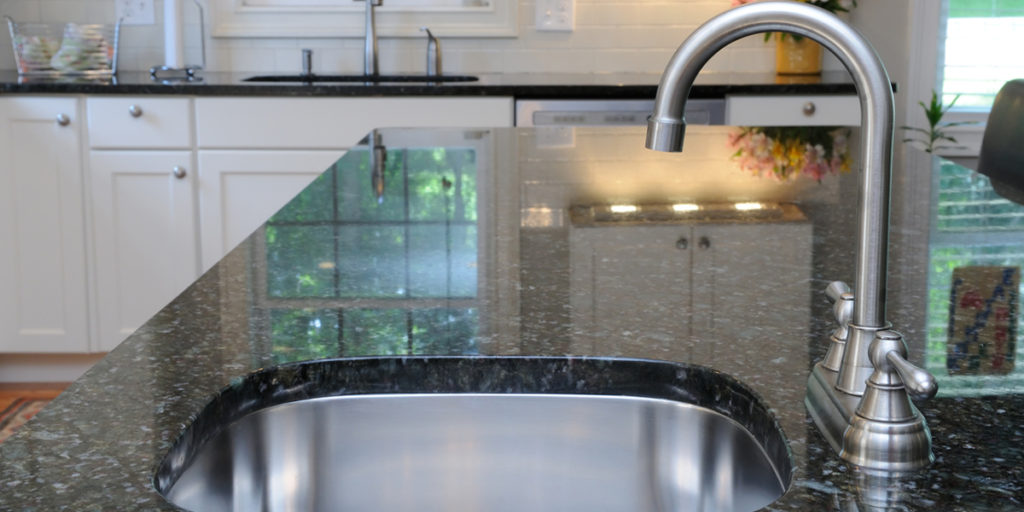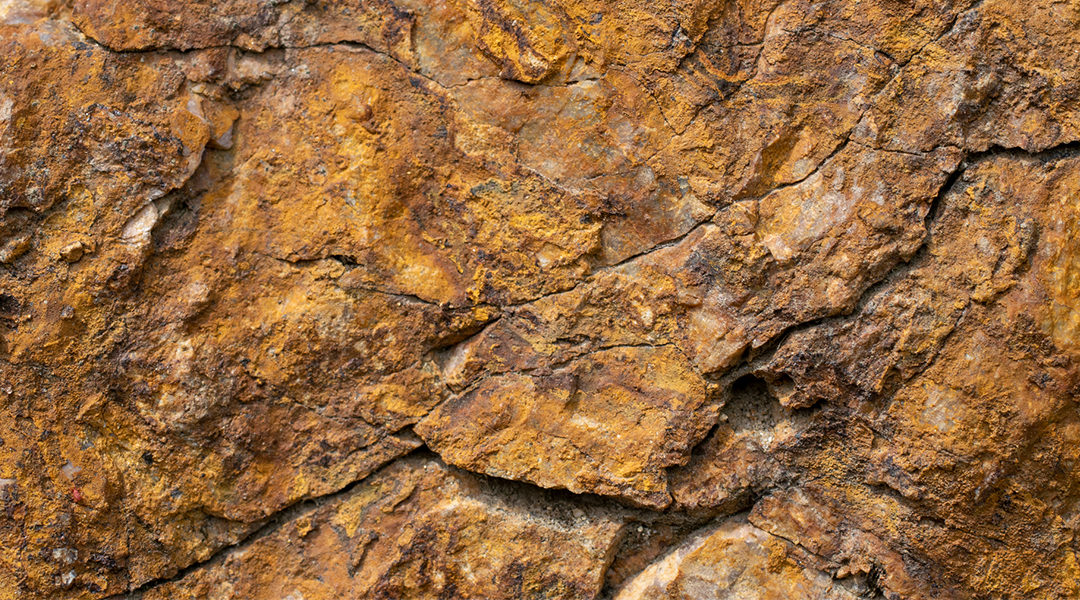If you’re interested in natural stone or have a stone installation in your home, you may have become aware of fissures and cracks but you may be unfamiliar with the differences between the two. Even if you have yet to install your natural stone, it is important to have an understanding of the differences between the two. Being armed with this knowledge can save you the stress of deciphering whether your installation has a natural or unnatural opening. Want to know more? Let’s discuss.
Want to Know How to Clean Your Granite? Read our Guide
A fissure is an elongated opening that is a natural geographical formation or caused by a mineralogical crystallization. On the other hand, a crack is a broken piece of stone: typically uneven, chipped, or widely separated. The complication comes from the possibility of a fissure developing into a crack if it is in a weak area of the stone.
So, what’s the difference?
The biggest difference is how these occur. A fissure is natural while a crack occurs from an outside force such as fabrication, transpiration, or installation. A test to determine the difference is to look at the crack or fissure from a low angle. A crack has two points of reflection while a fissure has only one.
Fissures are rather common in granite, but some samples of granite have more fissures than others. So, if you notice a fissure in a certain area, it is likely that there are other areas with fissures as well. Depending on the lighting in your home, some fissures may stand out more than others. Fissures are extremely narrow openings along the boundaries of the stone’s crystalline structures. The visible separation usually remains within the stone, though they do sometimes go all the way through.

Fissures are natural features in a granite countertop, but cracks are damage caused by outside impact.
Cracks can be narrow or wide, and usually only appear in one place on the slab, and may go through the entire depth of the stone. Cracks caused by stresses during the installation process are commonly observed in straight lines near supporting structures.
Granite Fissures are not typically prominent in sink areas.
A crack can be caused in a sink area during transportation, or from improper handling of the stone. Fissures do not change the plane of a surface. If a level was placed across the area in question, you shouldn’t be able to slide a business card underneath it. Fissures will show up in more than one area of the stone, not just in one place. With fissures, you shouldn’t be able to be able to catch a fingernail, business card, etc. in the area.
Remember to keep in mind that granite is a natural stone. While markings, veining, pitting, and fissures are common, they do not affect the quality of the stone. These characteristics make each cut of granite unique and give it a more natural appeal.
So, what should you do about fissures or cracks? Well, since fissures are naturally occurring and add character to the stone, nothing should be done about them. Cracks, though, are structural flaws that can worsen over time and harbor bacteria: they should be repaired by trained stone-handlers who can determine what repairs are needed and make the needed fix.


